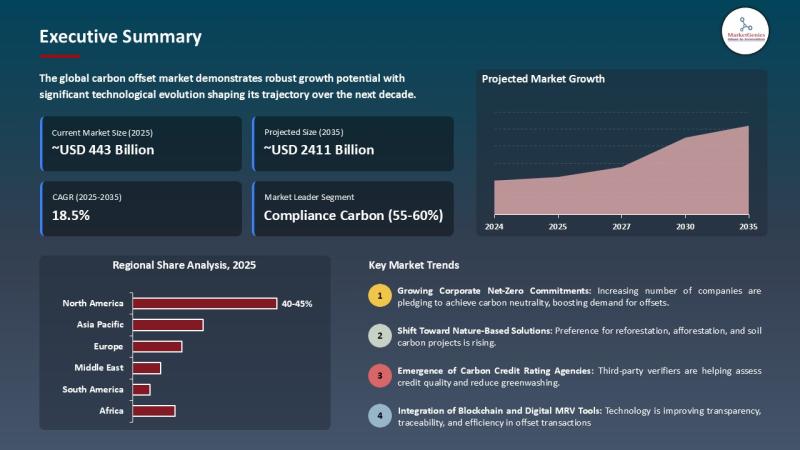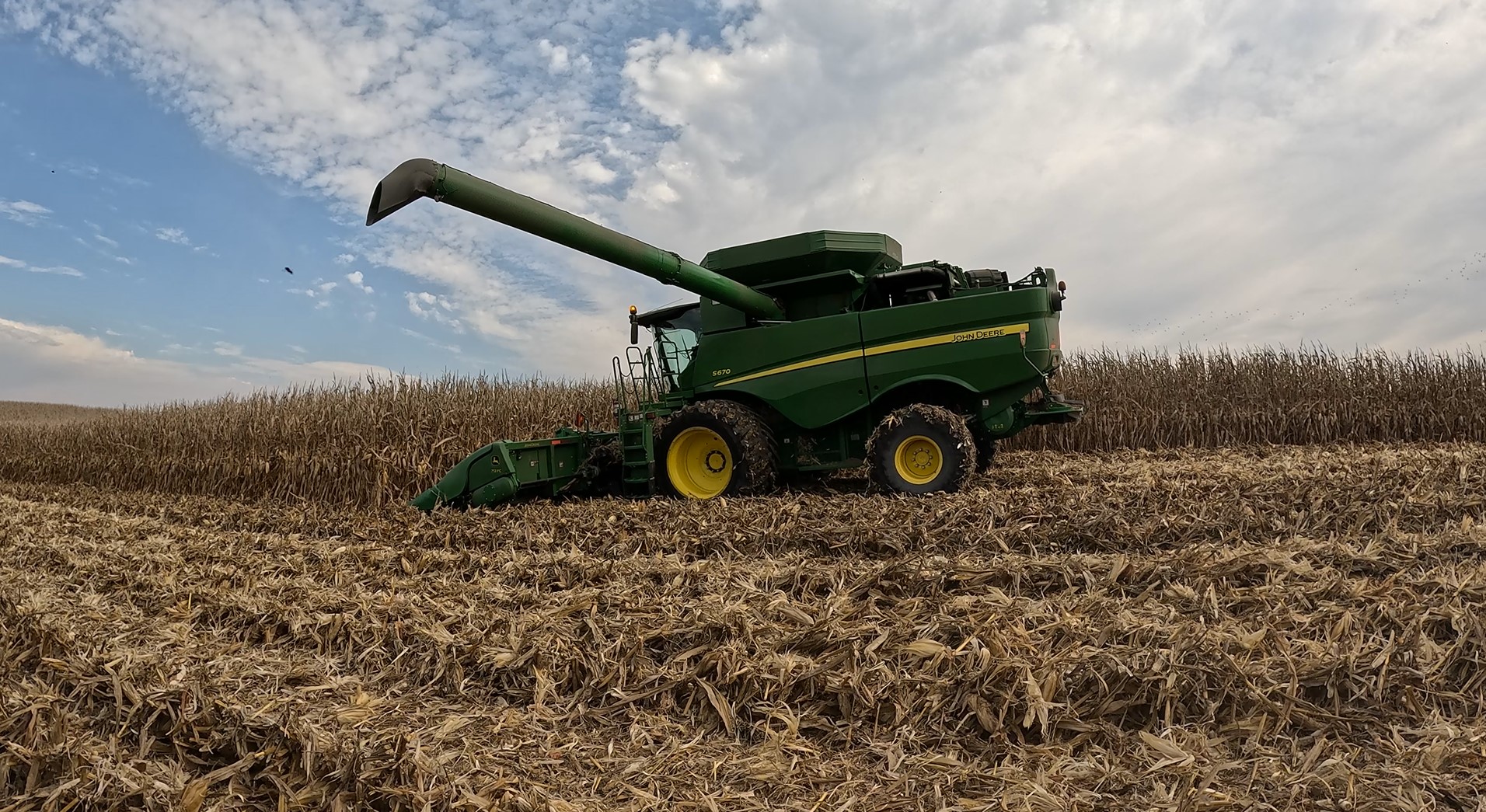October Rural Mainstreet Index Report: Economic Downturn Impacts Sustainable Development Goals
Executive Summary: Economic Contraction and SDG Implications
The October Rural Mainstreet Index (RMI) indicates a significant downturn in the rural agricultural economy, reaching its lowest point in five years. The index fell to 34.6, a level not seen since May 2020. This economic slump presents considerable challenges to the achievement of several key Sustainable Development Goals (SDGs), particularly those related to poverty, economic growth, and sustainable communities.
Primary Drivers and Impact on SDG 1 and SDG 2
According to analysis from Creighton University economist Ernie Goss, the primary cause of the economic decline is persistently weak agricultural commodity prices. This directly affects the financial stability of rural communities and progress toward specific SDGs.
- Commodity Prices: Prices for key crops such as corn, soybeans, and wheat are reported to be below break-even levels for producers.
- SDG 1 (No Poverty): When farm revenues fall below production costs, it directly threatens the livelihoods of farmers and agricultural workers, increasing the risk of poverty in rural areas.
- SDG 2 (Zero Hunger): The economic unsustainability of farming operations can impede investment in productive and resilient agricultural practices, potentially impacting long-term food security and the goal of ending hunger.
Wider Economic Indicators and Challenges to SDG 8 and SDG 9
The report highlights broader economic trends that signal a contraction, further complicating efforts to achieve sustainable economic growth and innovation in the agricultural sector.
- Decline in Equipment Sales: Farm equipment sales have remained below the growth-neutral threshold for 26 consecutive months. This sustained reduction in capital investment points to a lack of confidence and financial capacity within the sector, directly hindering progress on SDG 9 (Industry, Innovation, and Infrastructure) by slowing the adoption of modern, more efficient, and sustainable farming technologies.
- Economic Stagnation: The overall index reading of 34.6 signifies a contraction in economic activity. This trend works against SDG 8 (Decent Work and Economic Growth), as a shrinking rural economy can lead to job losses and reduced economic opportunities for rural populations.
Economic Outlook and Policy Considerations
While the short-to-intermediate-term outlook raises concerns, long-term prospects are viewed with more optimism. Monetary policy may offer some relief.
- Interest Rates: High interest rates are a contributing factor to the economic pressure. Potential future rate cuts by the Federal Reserve are seen as a possible short-term measure to alleviate financial strain on agricultural producers.
- Long-Term Viability: Addressing the current economic slump is critical for ensuring the long-term health of the rural economy and maintaining momentum toward the Sustainable Development Goals. Supporting farm income and fostering a stable economic environment are essential for promoting sustainable agriculture and resilient rural communities.
Analysis of SDGs, Targets, and Indicators
-
Which SDGs are addressed or connected to the issues highlighted in the article?
The article discusses the economic downturn in the rural and agricultural sectors of the American Midwest, which connects to several Sustainable Development Goals (SDGs) focused on economic well-being, food production, and community stability.
- SDG 1: No Poverty – The article highlights that commodity prices are “below what I would call break-even.” This directly threatens the income and livelihoods of farmers, potentially increasing poverty rates in rural communities that are heavily dependent on agriculture.
- SDG 2: Zero Hunger – While not directly about food shortages, the article’s focus on the economic health of the agricultural sector is fundamental to this goal. The viability of farming, influenced by “weak agriculture commodity prices” for staple crops like corn, soybeans, and wheat, is crucial for ensuring sustainable food production and supporting the producers who feed the population.
- SDG 8: Decent Work and Economic Growth – This is a central theme of the article. The report of the “Rural Mainstreet Index” falling to a “five-year low” is a direct measure of declining economic activity. The discussion of interest rates, farm equipment sales, and overall economic dampening in the Midwest points directly to challenges in achieving sustained and inclusive economic growth in these rural areas.
- SDG 11: Sustainable Cities and Communities – The article focuses on the “Rural Mainstreet” economy. The economic slump described threatens the sustainability of these rural communities, as the agricultural sector is often the primary economic driver. A downturn in the “ag economy” has ripple effects on all aspects of rural community life.
-
What specific targets under those SDGs can be identified based on the article’s content?
Based on the issues discussed, several specific SDG targets can be identified:
- Target 2.3: By 2030, double the agricultural productivity and incomes of small-scale food producers… This target is directly relevant as the article states that low commodity prices are threatening farm incomes, moving the situation away from, rather than towards, this goal. The mention of prices being “below break-even” underscores the challenge to farmer incomes.
- Target 8.1: Sustain per capita economic growth in accordance with national circumstances… The article’s main point, that the “rural economy falls to five-year low,” indicates a failure to sustain economic growth in this specific region of the country.
- Target 8.2: Achieve higher levels of economic productivity through diversification, technological upgrading and innovation… The report that “farm equipment sales have dropped below growth neutral for the 26th month in a row” suggests a lack of investment in technological upgrading, which is a key component of increasing economic productivity in the agricultural sector.
-
Are there any indicators mentioned or implied in the article that can be used to measure progress towards the identified targets?
Yes, the article explicitly and implicitly mentions several indicators that can be used to measure economic conditions and progress towards the identified targets.
- Rural Mainstreet Index (RMI): This is a direct, quantifiable indicator of economic health in the rural Midwest. The article provides a specific value: “the October index fell to a 34.6 reading, which is its lowest level since May 2020.” This index serves as a measure for Target 8.1 (Sustain per capita economic growth).
- Agricultural Commodity Prices: The article identifies “weak agriculture commodity prices” for “corn, soybeans, and wheat” as a primary issue. The price levels for these commodities, especially relative to break-even points, are a key indicator for Target 2.3 (incomes of food producers).
- Farm Equipment Sales: The status of farm equipment sales is used as an indicator of investment and economic confidence in the agricultural sector. The article notes that sales have been “below growth neutral for the 26th month in a row,” which is a clear metric for tracking progress related to Target 8.2 (economic productivity and technological upgrading).
- Interest Rates: The article mentions the role of the Federal Reserve and interest rates as a factor influencing the rural economy. Changes in interest rates can be seen as an indicator of the broader financial conditions affecting farmers and rural businesses, relevant to Target 8.1.
-
Create a table with three columns titled ‘SDGs, Targets and Indicators” to present the findings from analyzing the article.
SDGs Targets Indicators SDG 2: Zero Hunger Target 2.3: Double the agricultural productivity and incomes of small-scale food producers. - Prices for agricultural commodities (corn, soybeans, wheat) relative to break-even costs.
SDG 8: Decent Work and Economic Growth Target 8.1: Sustain per capita economic growth. Target 8.2: Achieve higher levels of economic productivity through technological upgrading.
- Rural Mainstreet Index (RMI) reading (reported as 34.6).
- Interest rates set by the Federal Reserve.
- Volume/value of farm equipment sales (reported as below growth neutral for 26 consecutive months).
SDG 1: No Poverty & SDG 11: Sustainable Cities and Communities These SDGs are broadly impacted by the economic downturn, but the article’s indicators primarily measure the economic drivers rather than the direct outcomes of poverty or community sustainability. - The overall health of the “ag economy” and “Rural Mainstreet” economy, as measured by the RMI and commodity prices, serves as an indirect indicator for these goals.
Source: brownfieldagnews.com







